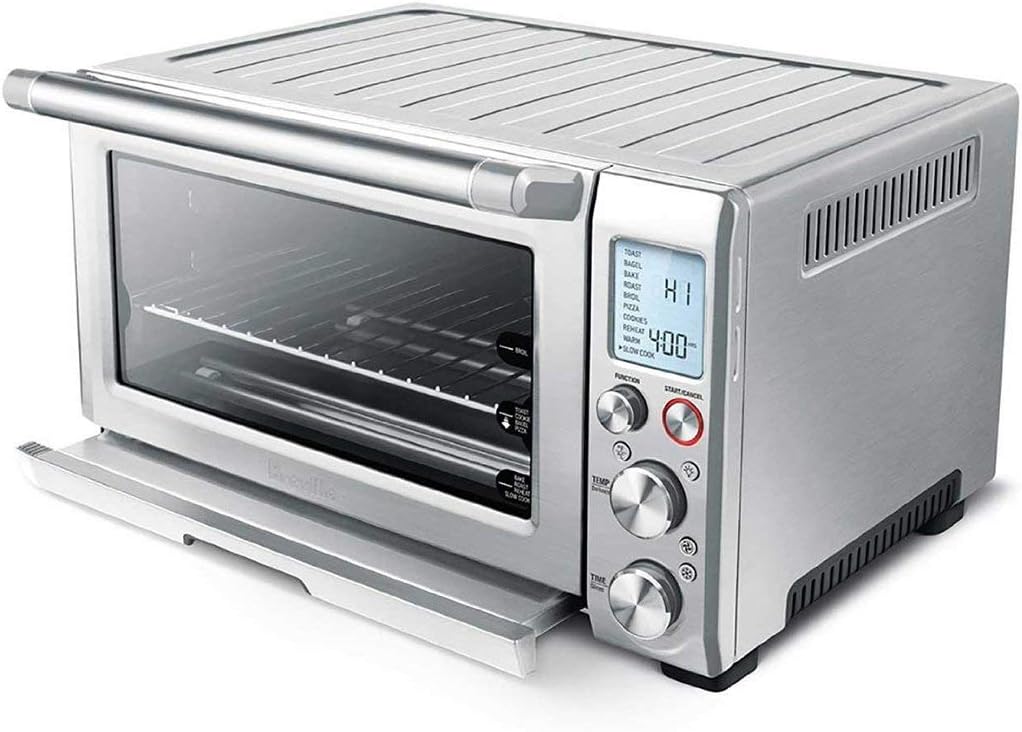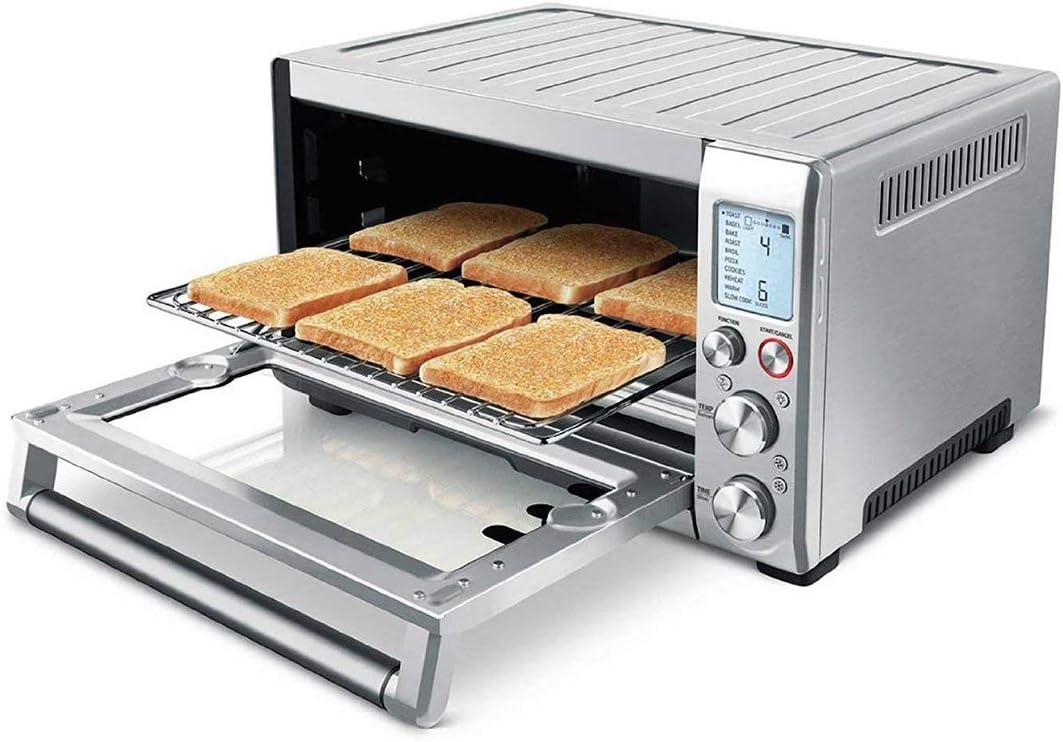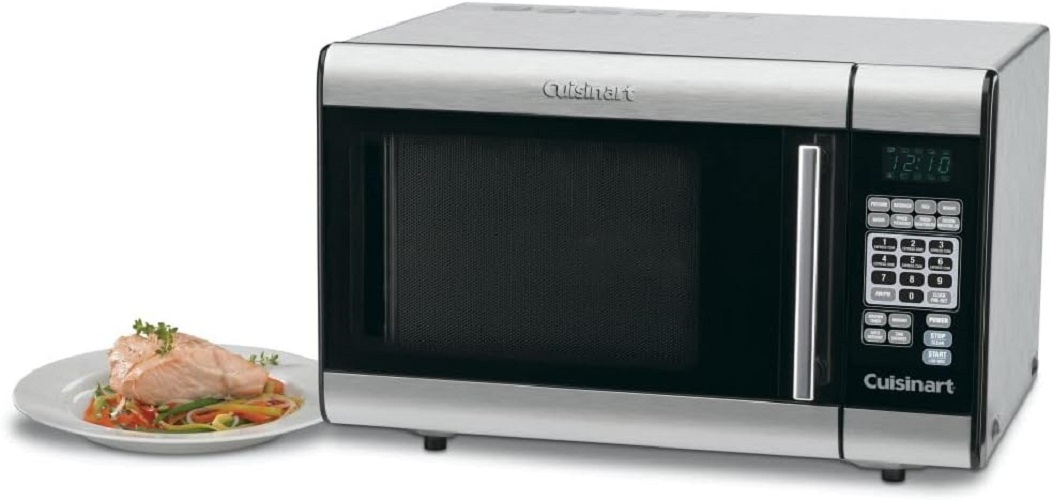Introduction:
Microwave ovens come in various shapes, sizes, and capacities, which can affect their weight. The weight of a microwave depends on factors such as the type of microwave, its size, features, and construction materials. In this article, we will explore the weight range of microwaves, factors affecting their weight, different types of microwaves, and considerations for handling and installation. Understanding the weight of microwaves can help ensure safe handling, proper installation, and compatibility with kitchen countertops or other mounting surfaces.
How much do microwaves weigh?
Weight Range of Microwaves:
Microwaves can vary significantly in weight, ranging from lightweight compact models to heavier built-in or countertop models. The weight range of microwaves typically falls between 20 and 60 pounds (9 to 27 kilograms), with some larger or commercial models weighing even more.
Factors Affecting Microwave Weight:
Several factors contribute to the weight of a microwave:
a. Size and Capacity: Larger microwaves with more internal space tend to be heavier due to the additional materials required for construction.
b. Construction Materials: The materials used in the construction of the microwave can impact its weight. Microwaves with stainless steel bodies or heavier internal components may weigh more than those made with lighter materials.
c. Features and Accessories: Microwaves with additional features, such as convection cooking, grilling elements, or multiple cooking stages, may have more components and, therefore, be heavier.
d. Mounting and Ventilation: Built-in microwaves often require additional components for proper installation, including mounting brackets and ventilation systems. These components can add to the overall weight of the microwave.
Types of Microwaves:
There are various types of microwaves available in the market, and their weight can differ based on their design and functionality:
a. Countertop Microwaves: Countertop microwaves are freestanding and designed for placement on kitchen countertops. They are generally lightweight and range in weight from 20 to 40 pounds (9 to 18 kilograms) based on their size and capacity.
b. Over-the-Range Microwaves: Over-the-range microwaves are designed to be mounted above a stovetop or range, typically replacing the range hood. These microwaves are larger and heavier compared to countertop models due to their additional features and ventilation requirements. They can weigh between 40 and 60 pounds (18 to 27 kilograms).
c. Built-In Microwaves: Built-in microwaves are installed into cabinets or walls and often require professional installation. Their weight can vary depending on the size, capacity, and additional features. Built-in microwaves generally range from 40 to 60 pounds (18 to 27 kilograms) or more, depending on the model.
d. Commercial Microwaves: Commercial microwaves are heavy-duty appliances designed for high-volume or professional use. These microwaves tend to be larger, sturdier, and heavier than residential models, often weighing over 60 pounds (27 kilograms).
Considerations for Handling and Installation:
When handling and installing microwaves, it is important to consider their weight to ensure safety:
a. Lifting and Carrying: Microwaves can be heavy and awkward to lift, especially larger or built-in models. It is advisable to seek assistance when moving or installing heavy microwaves to prevent injuries or accidents.
b. Mounting and Support: Proper support and mounting are crucial for built-in or over-the-range microwaves. Ensure that the mounting surface can support the weight of the microwave, including any additional components or ventilation requirements.
c. Professional Installation: Built-in microwaves and those requiring complex mounting or electrical connections should be installed by a qualified professional. They have the expertise and knowledge to ensure proper installation, including weight distribution and ventilation.
d. Kitchen Cabinet Considerations: When installing a built-in microwave, verify that the kitchen cabinet is designed to support the weight of the microwave. Cabinets should be structurally sound and properly reinforced to handle the additional weight.
e. Countertop Stability: Ensure that the countertop where the microwave is placed can support its weight. Lightweight countertops or those made of weaker materials may require additional support or reinforcement.
Weight Considerations for Kitchen Countertops:
When choosing a microwave for your kitchen countertop, it is essential to consider the weight of the appliance in relation to the stability and load-bearing capacity of the countertop. Some key considerations include:
a. Material of the Countertop: Different countertop materials have varying load-bearing capacities. Ensure that your countertop material, such as granite, quartz, laminate, or solid surface, can adequately support the weight of the microwave.
b. Manufacturer Guidelines: Consult the manufacturer’s guidelines or specifications for the microwave to determine the recommended weight limits for different countertop materials. This information will help you choose a microwave that is compatible with your countertop.
c. Reinforcement: If you have a lightweight or weaker countertop material, such as laminate, it may be necessary to reinforce the area where the microwave will be placed. This can be done by adding additional support, such as plywood or brackets, underneath the countertop.
d. Distributing Weight: When placing the microwave on the countertop, ensure that the weight is evenly distributed. Avoid placing the microwave near the edges of the countertop, as this can create an imbalance and increase the risk of tipping.
e. Consult with a Professional: If you are unsure about the weight capacity of your countertop or how to properly reinforce it, consult with a professional contractor or kitchen designer. They can assess your specific situation and provide guidance on ensuring the stability and safety of your countertop.
Importance of Reading Product Specifications:
When purchasing a microwave, it is crucial to read and understand the product specifications provided by the manufacturer. Pay attention to the weight information, including the weight of the microwave itself and any additional components or accessories that may be included.
a. Weight Limitations: Product specifications will often specify the maximum weight capacity of the microwave, which can vary depending on the model and type. Ensure that the weight of the microwave and any additional items you plan to place inside it, such as dishes or cookware, are within the specified limits.
b. Mounting Requirements: If you are considering an over-the-range or built-in microwave, carefully review the manufacturer’s guidelines regarding mounting requirements. This includes verifying that the mounting surface can support the weight of the microwave and any additional components, such as ventilation systems or trim kits.
c. Compatibility with Countertops: The product specifications may also provide information on the compatibility of the microwave with different countertop materials. This can help ensure that you choose a microwave that is suitable for your specific countertop and that the weight of the appliance is supported.
d. Safety Considerations: By reviewing the product specifications, you can ensure that you select a microwave that meets safety standards and is compatible with your kitchen setup. This will help prevent accidents, damage to countertops or cabinets, and ensure the longevity of the appliance.
Conclusion:
Microwave ovens come in various sizes, capacities, and types, resulting in a range of weights. Factors such as size, construction materials, features, and mounting requirements can contribute to the weight of a microwave. Countertop microwaves are generally lightweight, while over-the-range, built-in, or commercial models tend to be heavier. When handling and installing microwaves, it is crucial to consider their weight to ensure safe usage and proper installation. Seek assistance for lifting heavy microwaves, verify the strength and stability of mounting surfaces, and consider professional installation for complex models. By understanding the weight considerations of microwaves, you can ensure compatibility with your kitchen space and promote safe and efficient usage of this convenient kitchen appliance.









